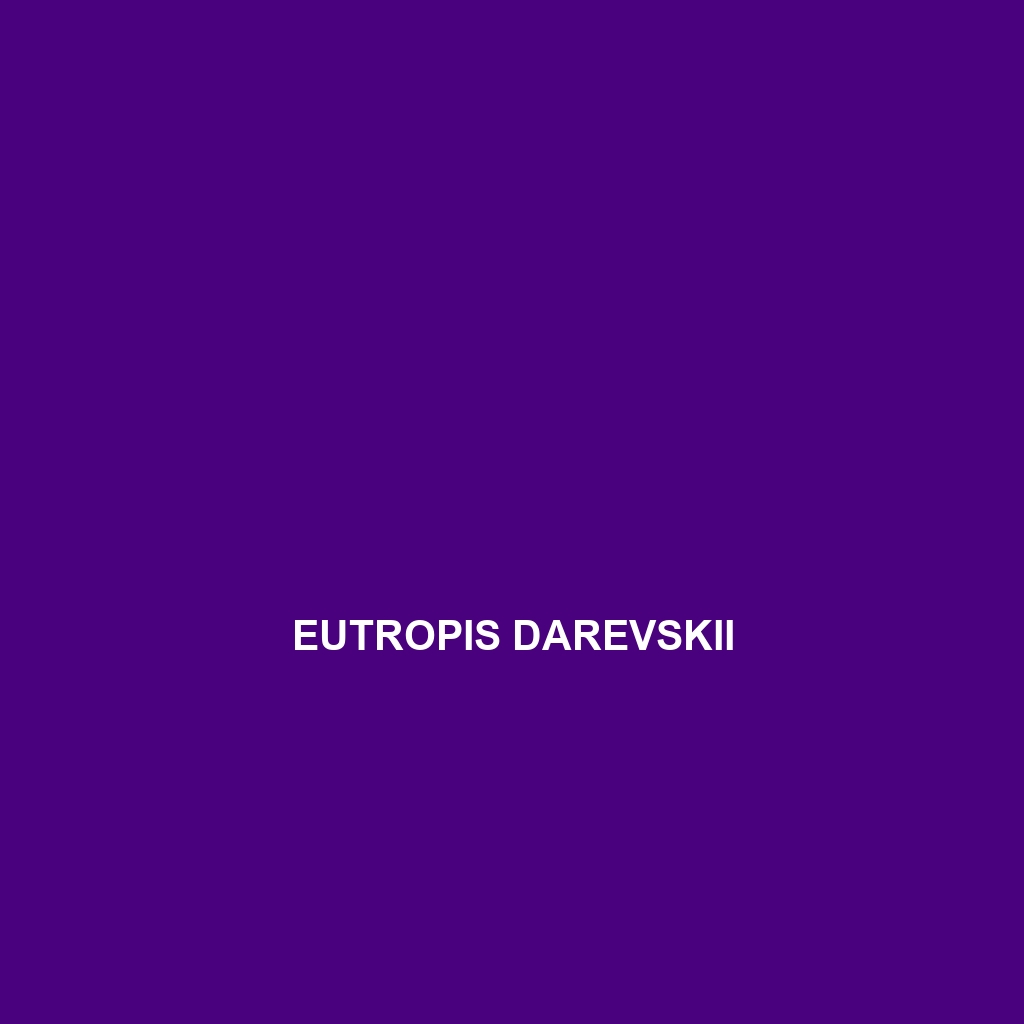Common Name
Eutropis cuprea
Scientific Name
Eutropis cuprea
Habitat
Eutropis cuprea, commonly known as the bronze skink, is primarily found in a variety of habitats across the Southeast Asian region, including the rainforests of Malaysia, Indonesia, and Thailand. Its adaptability allows it to thrive in environments ranging from tropical rainforests to disturbed areas, including savannas and temperate forests. This species prefers humid conditions and often inhabits leaf litter or under rocks where it can find ample cover. The ecological diversity of these regions contributes significantly to the survival of Eutropis cuprea, making these habitats crucial for its existence.
Physical Characteristics
In terms of physical characteristics, Eutropis cuprea exhibits a slender body, reaching lengths of around 15 to 25 centimeters. The skink’s coloration is particularly distinctive, featuring a lustrous bronze hue with subtle dark stripes along its back. This unique coloration not only aids in camouflage but also reflects its name, the bronze skink. Their smooth, shiny scales give them a sleek appearance, while their elongated limbs and a pointed snout facilitate swift movements through the underbrush. These distinguishing traits make Eutropis cuprea easily recognizable within its habitat.
Behavior
The behavioral patterns of Eutropis cuprea are fascinating and diverse. These skinks are primarily diurnal, displaying high levels of activity during daylight hours. They are known for their agility and speed, which aid in their foraging for food and escaping predators. Within their social structure, individuals may be observed basking together in the sun, yet they largely maintain a solitary lifestyle. During the mating season, which occurs in the warmer months, males exhibit territorial behavior, often engaging in displays to attract females. The ability of Eutropis cuprea to adapt their behavior to changing environmental conditions is essential for their survival.
Diet
Eutropis cuprea is primarily an insectivore, feeding on a variety of arthropods, including ants, beetles, and other small insects. Their diet can also expand to include some plant material, making them omnivorous to an extent. Foraging typically occurs on the forest floor, where they utilize their keen eyesight to spot prey amidst the leaf litter. The skink’s digestive system is well-adapted for processing a range of foods, which allows it to thrive in environments where food sources may fluctuate. By controlling insect populations, Eutropis cuprea plays a significant role in maintaining ecological balance.
Reproduction
The reproductive cycle of Eutropis cuprea begins with mating rituals that take place during the warmer months. Courtship behaviors, including tail displays and physical contact, are common as males compete for the attention of females. After mating, females typically lay a clutch of 4 to 15 eggs in a hidden nest site within the soil or leaf litter. The gestation period ranges from 30 to 60 days, depending on environmental conditions. Once hatched, the young skinks are independent and exhibit similar physical characteristics to adults, although they are smaller in size. Parental care is minimal, with the focus on the survival of the offspring through natural instincts.
Conservation Status
Currently, the conservation status of Eutropis cuprea is classified as Least Concern by the IUCN Red List. Although habitat destruction and environmental changes pose significant threats to its populations, the species has shown resilience in adapting to modified environments. However, ongoing conservation efforts are essential to monitor their habitats and ensure that their ecosystems are preserved. Community awareness about habitat protection and sustainable development practices will be instrumental in maintaining the population of Eutropis cuprea.
Interesting Facts
Eutropis cuprea has some unique adaptations that are worth noting. For instance, their shiny scales not only provide camouflage but also help in moisture retention during dry spells. Additionally, they exhibit remarkable agility, allowing them to escape from predators swiftly. Some studies suggest that their skin may contain antibacterial properties, which could have implications for future research in medical applications. Such intriguing traits render Eutropis cuprea not only a captivating subject for biology enthusiasts but also an important species in ecological studies.
Role in Ecosystem
As a small insectivore, Eutropis cuprea plays a vital role in its ecosystem. By preying on various insects, it helps control their populations, contributing to the overall health of the ecosystem. Additionally, as part of the food web, Eutropis cuprea serves as prey for larger predators, thus maintaining ecological balance. Its presence indicates a healthy habitat, and thus, protecting this species is essential for sustaining biodiversity within its environment.
